Nationality American Name Philip Abelson | Role Physicist Fields Nuclear physics | |
 | ||
Alma mater Washington State UniversityUniversity of California, Berkeley Known for Discovery of neptunium, isotope separation techniques Notable awards Kalinga Prize (1972)National Medal of Science (1987)Public Welfare Medal (1992)Vannevar Bush Award (1996) Died August 1, 2004, Bethesda, Maryland, United States Books Energy for Tomorrow, Enough of Pessimism: 100 Essays Education Washington State University, University of California, Berkeley Awards Public Welfare Medal, National Medal of Science for Physical Science Similar Manson Benedict, Hans Bethe, Jacob Bigeleisen | ||
Philip abelson s interview 2002
Philip Hauge Abelson (April 27, 1913 – August 1, 2004) was an American physicist, a scientific editor, and a science writer.
Contents

Discovering Liquid Thermal Diffusion
Life
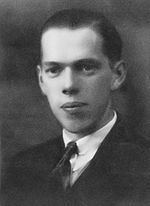
Abelson was born on April 27, 1913, in Tacoma, Washington. He attended Washington State University, where he received degrees in chemistry and physics, and the University of California, Berkeley (UC Berkeley), where he earned his PhD in nuclear physics. As a young physicist, he worked for Ernest Lawrence at the UC Berkeley. He was among the first American scientists to verify nuclear fission in an article submitted to the Physical Review in February 1939. From 1939 until 1941, he worked as an assistant physicist at the Carnegie Institution in Washington, D.C. It was while he was here that he worked on a substance that emitted beta rays and was produced by irradiation of uranium with neutrons. After he collaborated with the Nobel Prize laureate Luis Alvarez they isolated the material, and became the co-discoverer of neptunium on 8 June 1940 with Edwin McMillan. McMillan was awarded the Nobel Prize for this discovery among other elements.
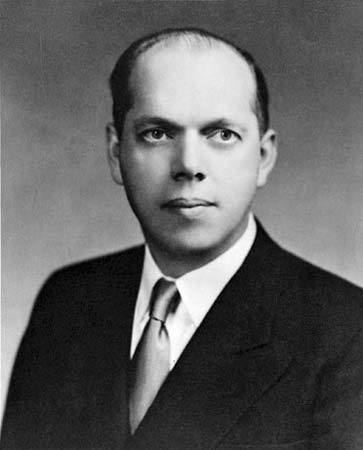
Abelson was a key contributor to the Manhattan Project during World War II, while working with the Naval Research Laboratory. Although he was not formally associated with the atom bomb project, the liquid thermal diffusion isotope separation technique that he invented at the Philadelphia Navy Yard was used in the S-50 plant in Oak Ridge, Tennessee; and proved a critical step in creating the large amount of nuclear fuel required for building atomic bombs.
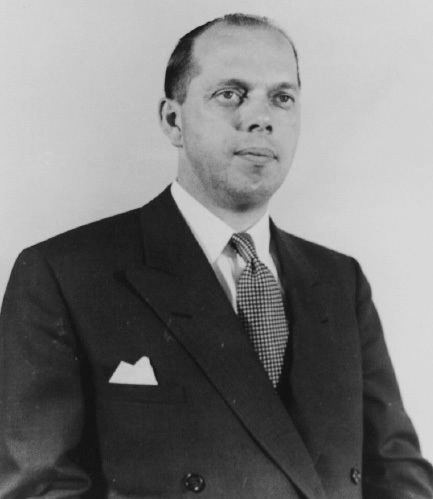
After the war, he turned his attention under the guidance of Ross Gunn to applying nuclear power to naval propulsion. While not written at an engineering-design level, he wrote the first physics report detailing how a nuclear reactor could be installed in a submarine, providing both propulsion and electrical power. His report anticipated the nuclear submarine's role as a missile platform. This concept was later supported by Admiral Hyman G. Rickover and others. Under Rickover, the concept became reality in the form of USS Nautilus, the world's first nuclear submarine.
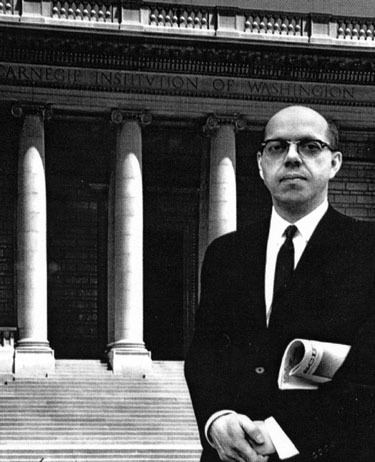
In 1946, he returned to work at the Carnegie Institution, which published his report “Atomic Energy Submarine,” in March of that year. From 1953 until 1971 he served as the director of the Carnegie Institution of Washington's Geophysical Laboratory, and as president from 1971 to 1978, and as a trustee from 1978 on. From 1962 to 1984 he was editor of Science, one of the most prestigious academic journals, and served as its acting executive officer in 1974, 1975 and 1984. From 1972 until 1974 he served as the president of the American Geophysical Union.
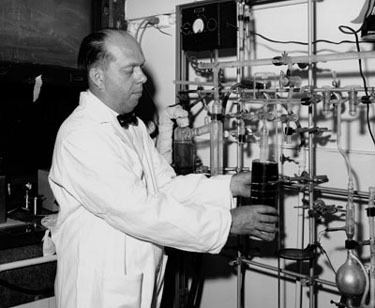
Abelson was outspoken and well known for his opinions on science. In a 1964 editorial published in Science magazine, Abelson identified overspecialization in science as a form of bigotry. He outlined his view that the pressure towards specialization beginning in undergraduate study and intensifying in PhD programs has the effect on students of leading them to believe that their area of specialization is the most important, even to the extreme of considering other intellectual pursuits to be worthless. He reasoned that such overspecialization led to obsolescence of one's work, often through a focus on trivial aspects of a field, and that avoidance of such bigotry was essential to guiding the direction of one's work.
In a 1965 article he described his work in paleobiology and reported evidence of amino acids recovered from fossils hundreds of millions of years in age and fatty acids in rocks dating over a billion years old. He estimated that based on his experiments alanine would be stable for billions of years.
Perhaps his most famous work from this time period is an editorial entitled "Enough of Pessimism" ("enough of pessimism, it only leads to paralysis and decay"). This became the title of a 100 essay collection.
During the 1970s he became interested in the problem of world energy supplies. Books on the topic include Energy for Tomorrow (1975), from a series of lectures at the University of Washington, and Energy II: Use Conservation and Supply. He pointed out the possibilities of mining the Athabascan tar sands, as well as oil shale in the Colorado Rockies. In addition he urged conservation and a change of attitude towards public transit.
After 1984, he remained associated with the magazine. Some have claimed him to be an early skeptic of the case for global warming on the basis of a lead editorial in the magazine dated March 31, 1990, in which he wrote, "[I]f the global warming situation is analyzed applying the customary standards of scientific inquiry one must conclude that there has been more hype than solid fact." However, in 1977 in a US National Research Council, Energy and Environment report he wrote,
What is important is not that there are differences [in the models] but that the span of agreement embraces a fourfold to eightfold increase in atmospheric carbon dioxide in the latter part of the twenty-second century. Our best understanding of the relation between an increase in carbon dioxide in the atmosphere and change in global temperature suggests a corresponding increase in average world temperature of more than 6°C, with polar temperature increases of as much as three times this figure. This would exceed by far the temperature fluctuations of the past several thousand years and would very likely, along the way, have a highly significant impact on global precipitation.
Abelson died on August 1, 2004, from respiratory complications following a brief illness. He was married to Neva Abelson, a distinguished research physician who co-discovered the Rh blood factor test (with L. K. Diamond). Their daughter, Ellen Abelson Cherniavsky, worked as an aviation researcher for the MITRE corporation in Virginia.
Awards and legacy
Abelson received many distinguished awards, including the National Medal of Science in 1987, the National Science Foundation's Distinguished Achievement Award, the American Medical Association's Scientific Achievement Award, the Navy Distinguished Civilian Service Medal and the Waldo E. Smith Medal in 1988. In 1992 he was awarded the Public Welfare Medal, the National Academy of Sciences's highest honor. He was elected a fellow of the American Academy of Arts and Sciences in 1958.
The mineral abelsonite is named after Abelson in recognition of his contribution to organic geochemistry.
